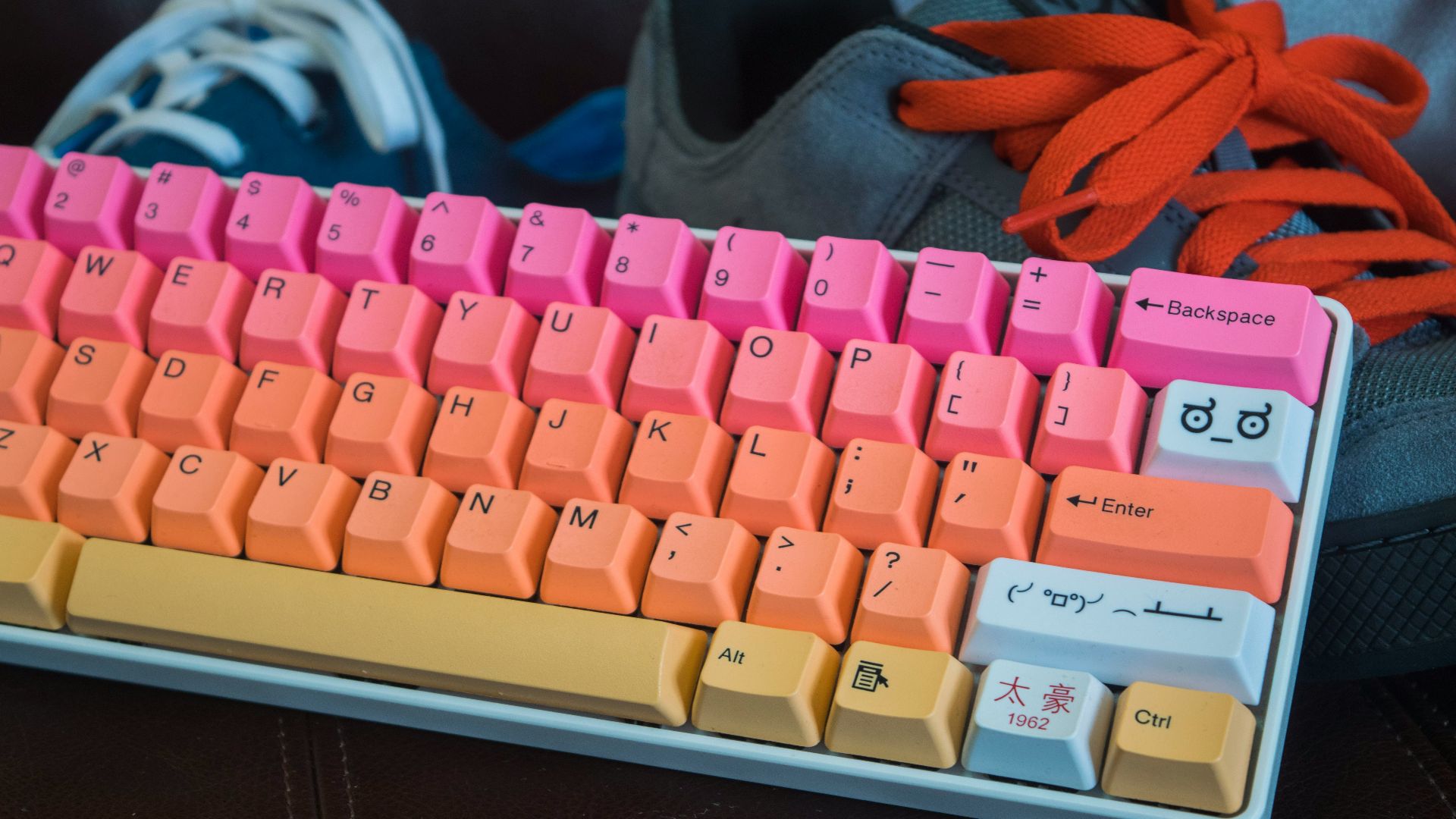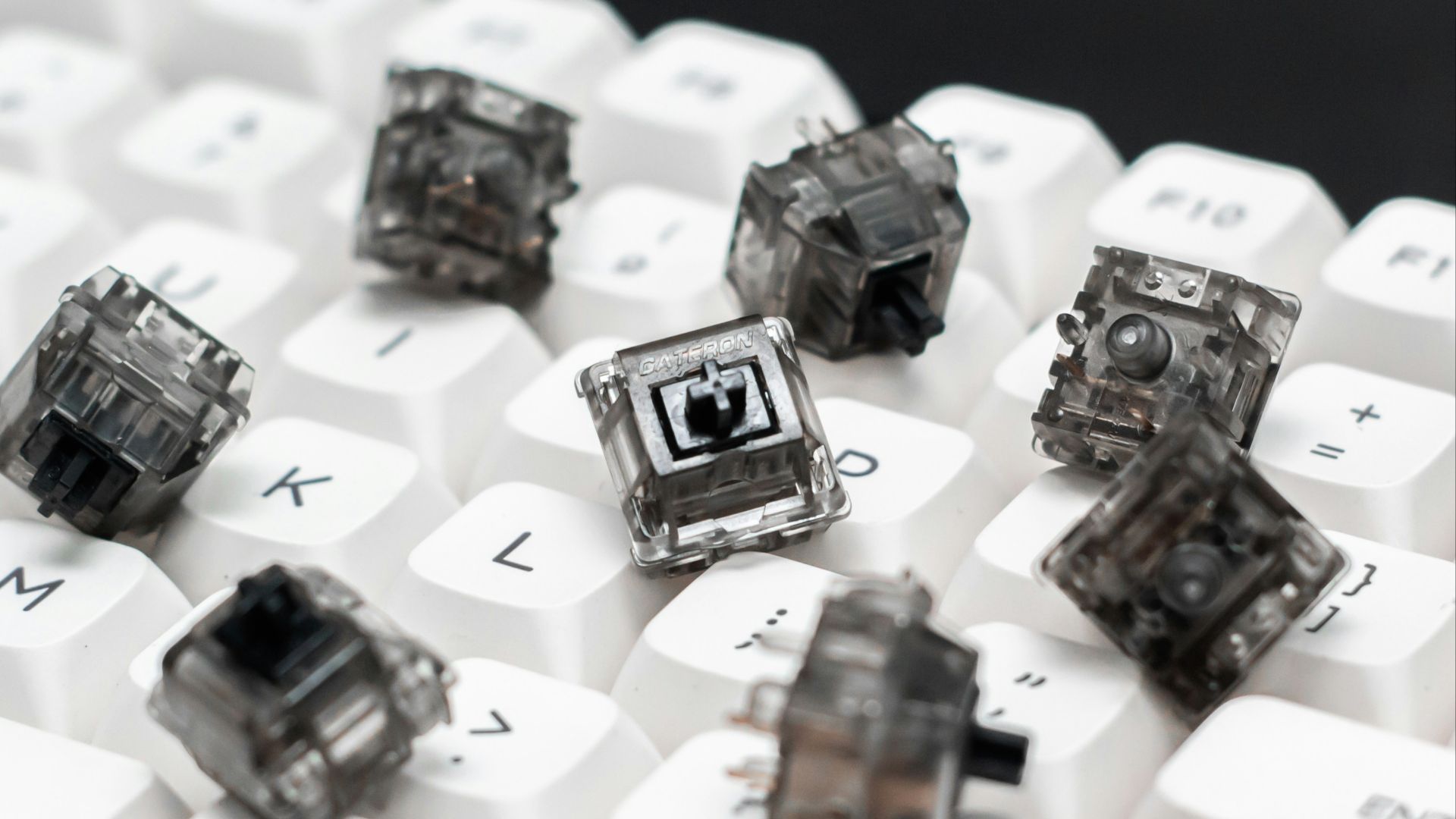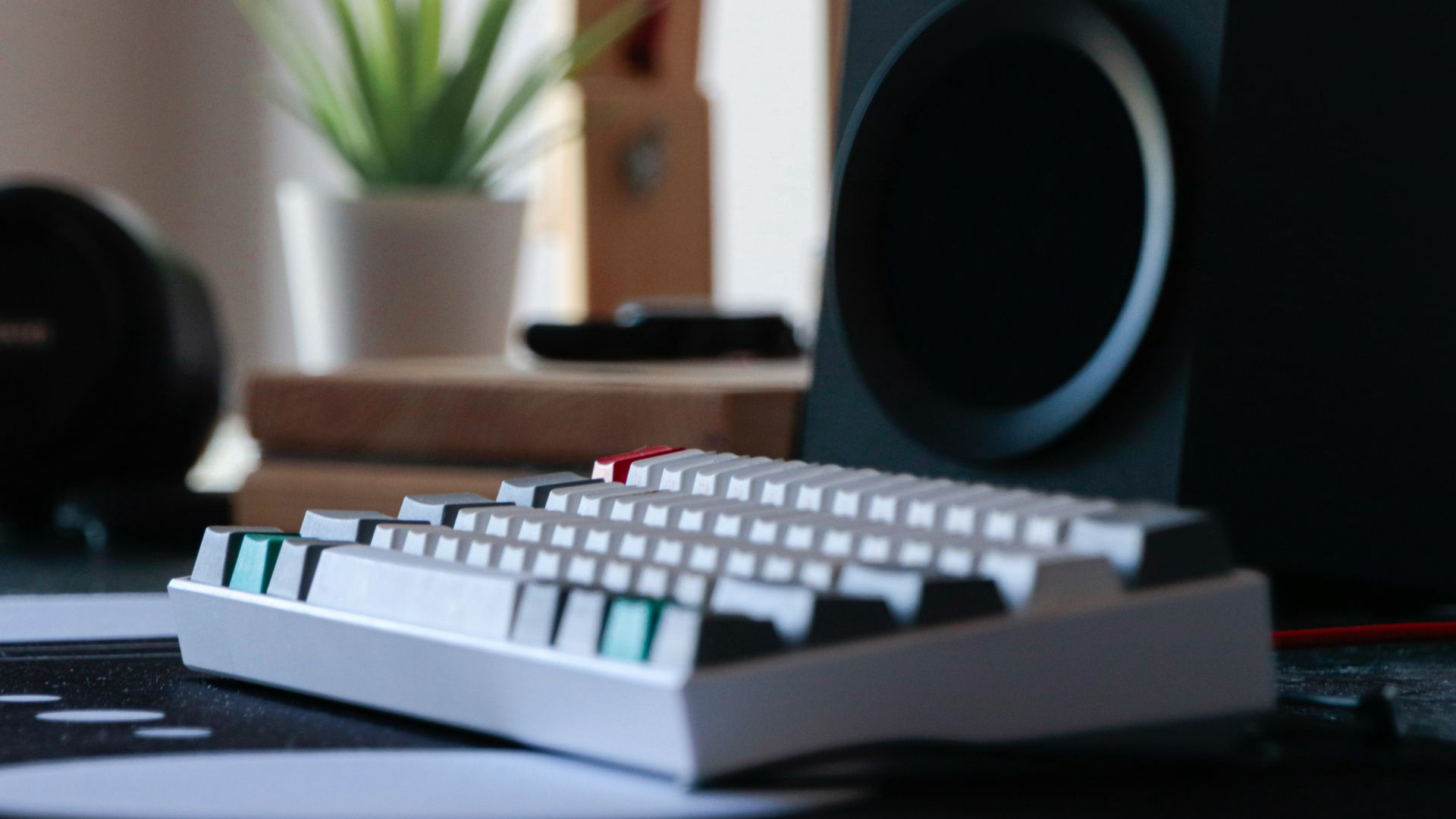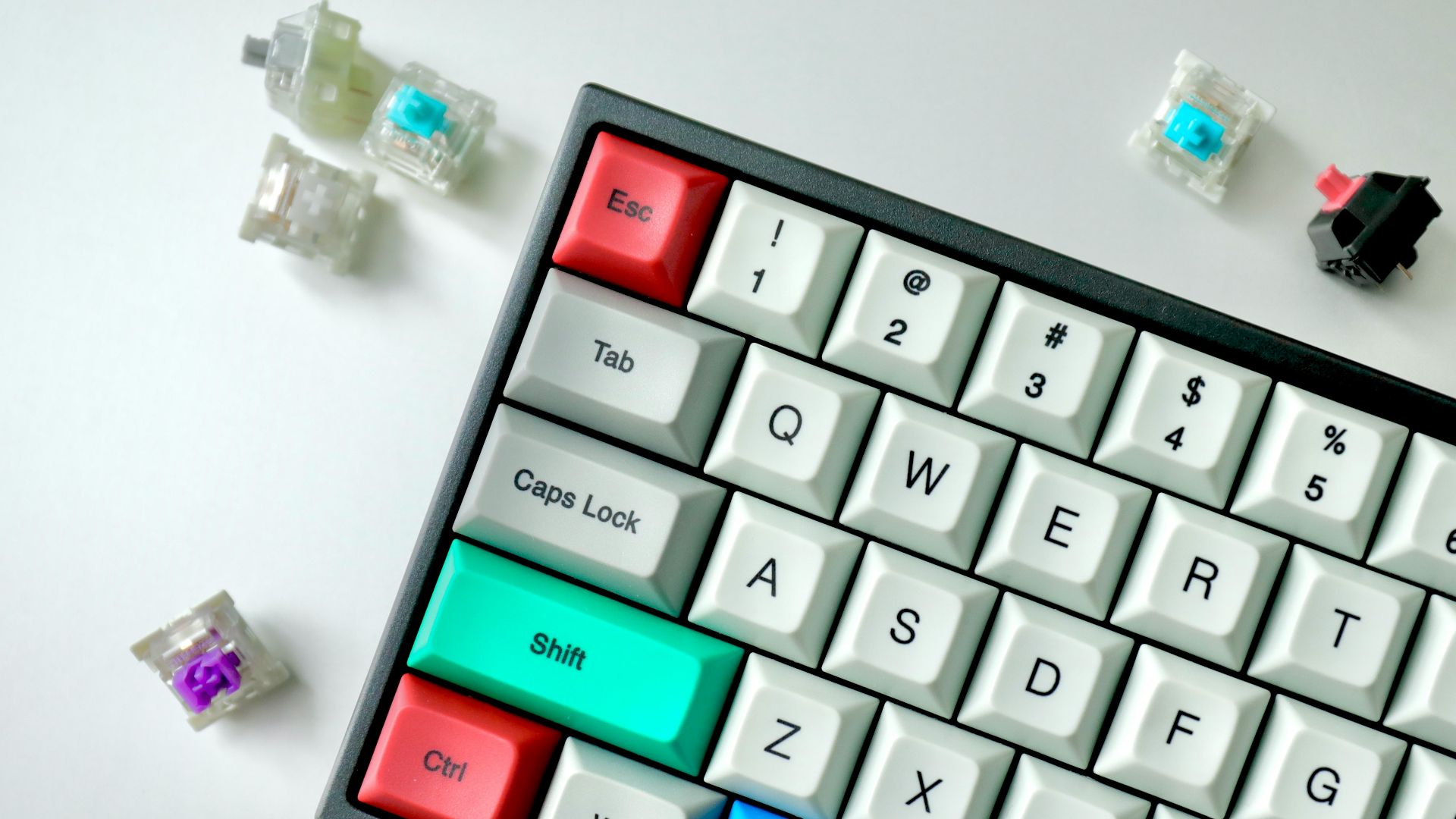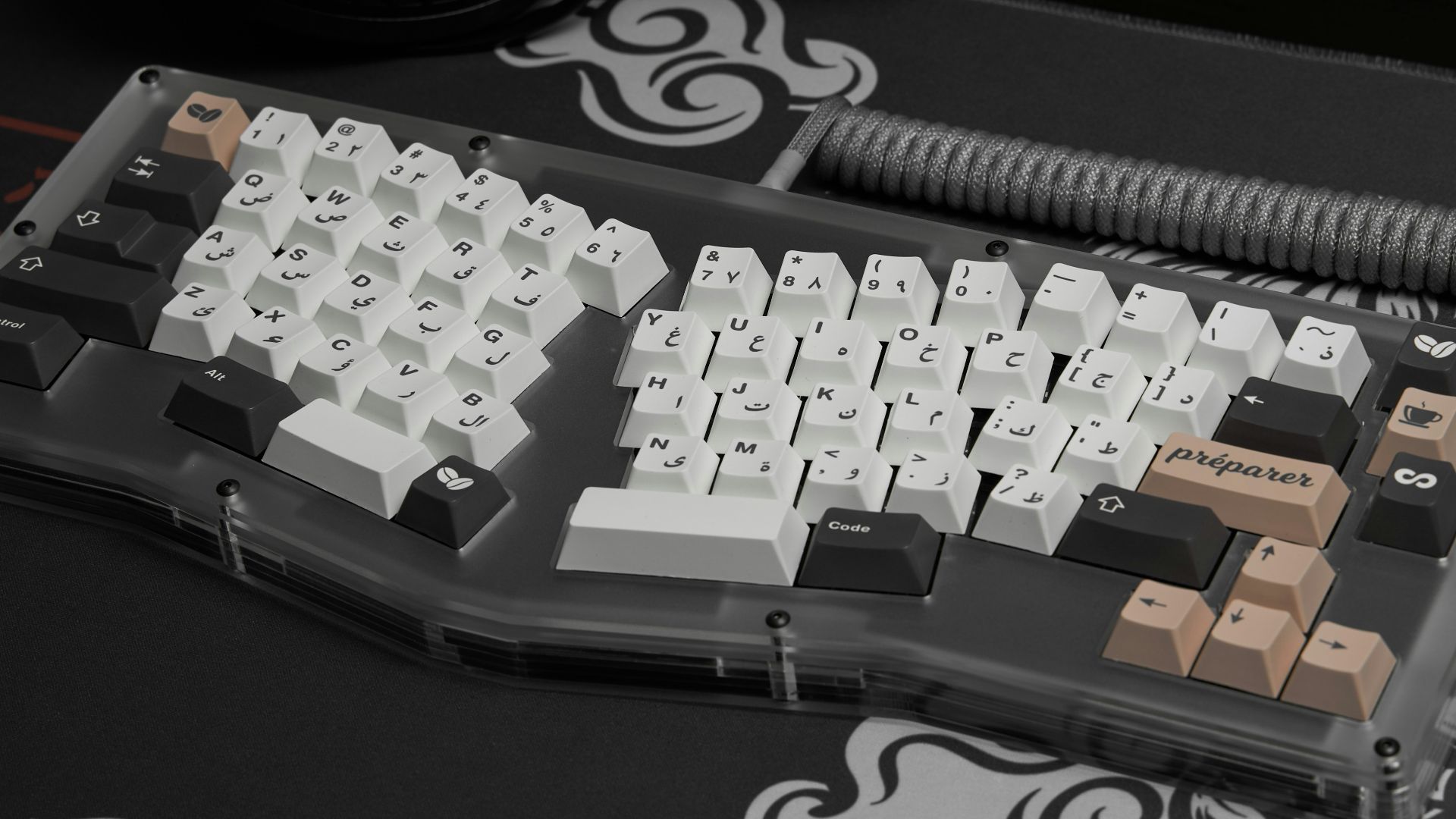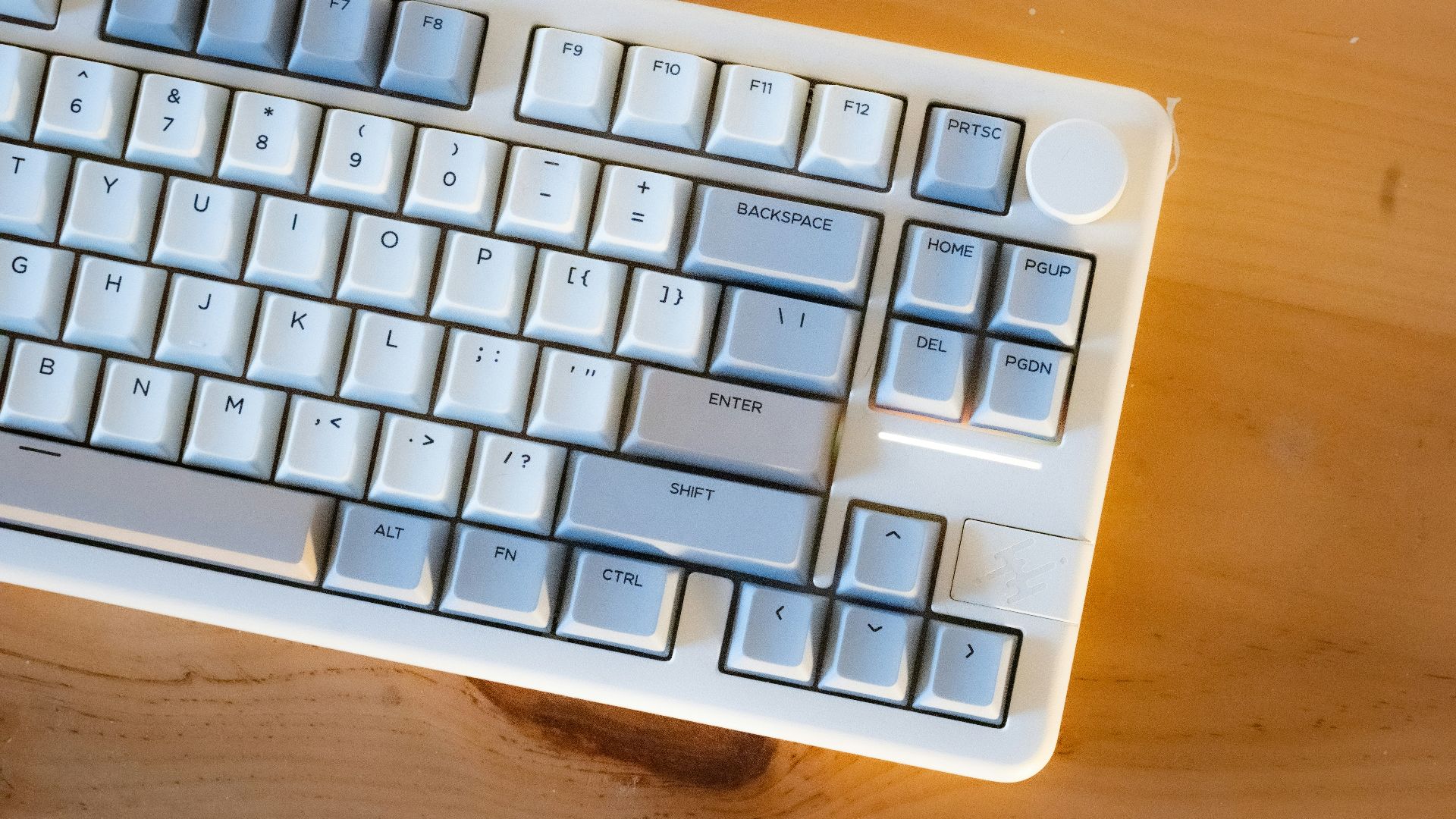Do It Yourself
In the world of customizing your typing and gaming experience, building your own keyboard is a rewarding project that offers complete personalization. Whether you’re a seasoned typist, a hardcore gamer, or a tech enthusiast, a DIY keyboard takes things to the next level. With that in mind, here are 5 tips for starting the journey yourself.
1. The Parts
It is advised to first take inventory of all parts used in building the mechanical keyboard. Components in a keyboard include the frame, PCB, key switches, keycaps, and a cable used for connection to a PC or charging the keyboard in case of a wireless one. As compared to dome-switch keyboards, where each key is one integrated part, mechanical keyboards have individual switches for each key; so it is best to understand and keep track of parts before building.
2. Choose Your Switches
The selection and installation of switches is a very important stage since, thanks to them, your keyboard will feel and sound a certain way when typing. Mechanical switches are usually divided into three main types: linear, tactile, and clicky. The choice of the type of switch will determine the overall impression, and you should pay attention to what kind of sound and feel you want.
3. Choosing Keycaps
Choosing and installing keycaps is another crucial process that can influence your keyboard's feel and aesthetics. Keycaps can be made of different materials, including PBT, ceramic, glass, acrylic, and even wood, each of which has its own typing weight and durability. Aside from material, you can also alter your board's shape, colors, and highlighted groupings of keys.
4. The Fine Tuning
Calibrating your custom keyboard will make it work exactly how you want. This may mean downloading some software such as VIA depending on your board, or a manufacturer-specific utility to flash your firmware. Features such as polling rate, actuation levels, RGB lighting effects, and more can be customized for functionality and aesthetics.
5. Keyboard Mods
After your keyboard is complete, there are still more advanced modding techniques that you can do if you want to tinker even more with your build. For example, you can do a "Tempest Tape Mod" by taping the underside of your PCB. This is a low-cost way to improve key rattle and give it a deeper, “thoccier” sound.


